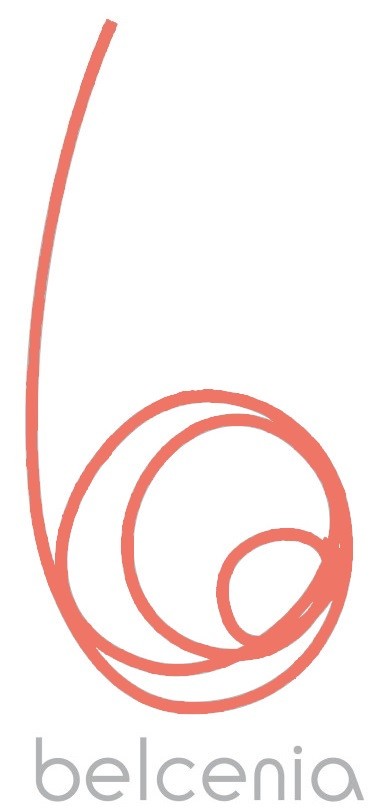The different whitening techniques:
In the office: 1 session of 60 minutes is to be planned in the chair. After having put in place a protection at the gum level, a whitening gel is applied to the tooth enamel and activated by a halogen lamp.
At home (outpatient technique): the impression of the two jaws is made in the office in order to develop plastic gutters adjusted to the dentition.
The practitioner gives them to the patient with a box containing syringes of whitening gel. The patient will apply the active gel inside the gutters and then insert them in the mouth: this is in order to stabilize the result already obtained by the technique in the office.
This treatment by gutters is carried out for 3 consecutive days and can be repeated from time to time for maintenance.
The advantage of outpatient whitening is that the patient can subsequently use their trays 6 months later, following a scaling session, to restore their teeth to their former glory.
For devitalized teeth that have darkened over time, there is a specific whitening technique:
After protecting the inside of the root with a kind of cap, a whitening gel is placed in the rest of the upper part of the tooth. The product is left inside the tooth for a few days to a few weeks. When the tooth has regained the same shade as the neighboring teeth, the gel is removed and the tooth is permanently filled in.
Our advice:
Always ask for a scaling and polishing treatment before whitening.
Often, after the scaling and polishing session, the removal of all stains and discolorations is enough to restore sufficient shine to your teeth.
If you decide to whiten, you will often be offered a combination of the two techniques: one or two sessions in the chair followed by an outpatient treatment at home. Indeed, it is by combining these two techniques that the best results are obtained.
After whitening, temporary sensitivity of the teeth may sometimes appear and lasts around 48 hours. A fluoride toothpaste is recommended to reduce this side effect.
During the few weeks following whitening, coloring drinks (tea, coffee, red wine, etc.) are not recommended because the risk of staining is greater during this period.
 Belcenia Dental Center
Belcenia Dental Center